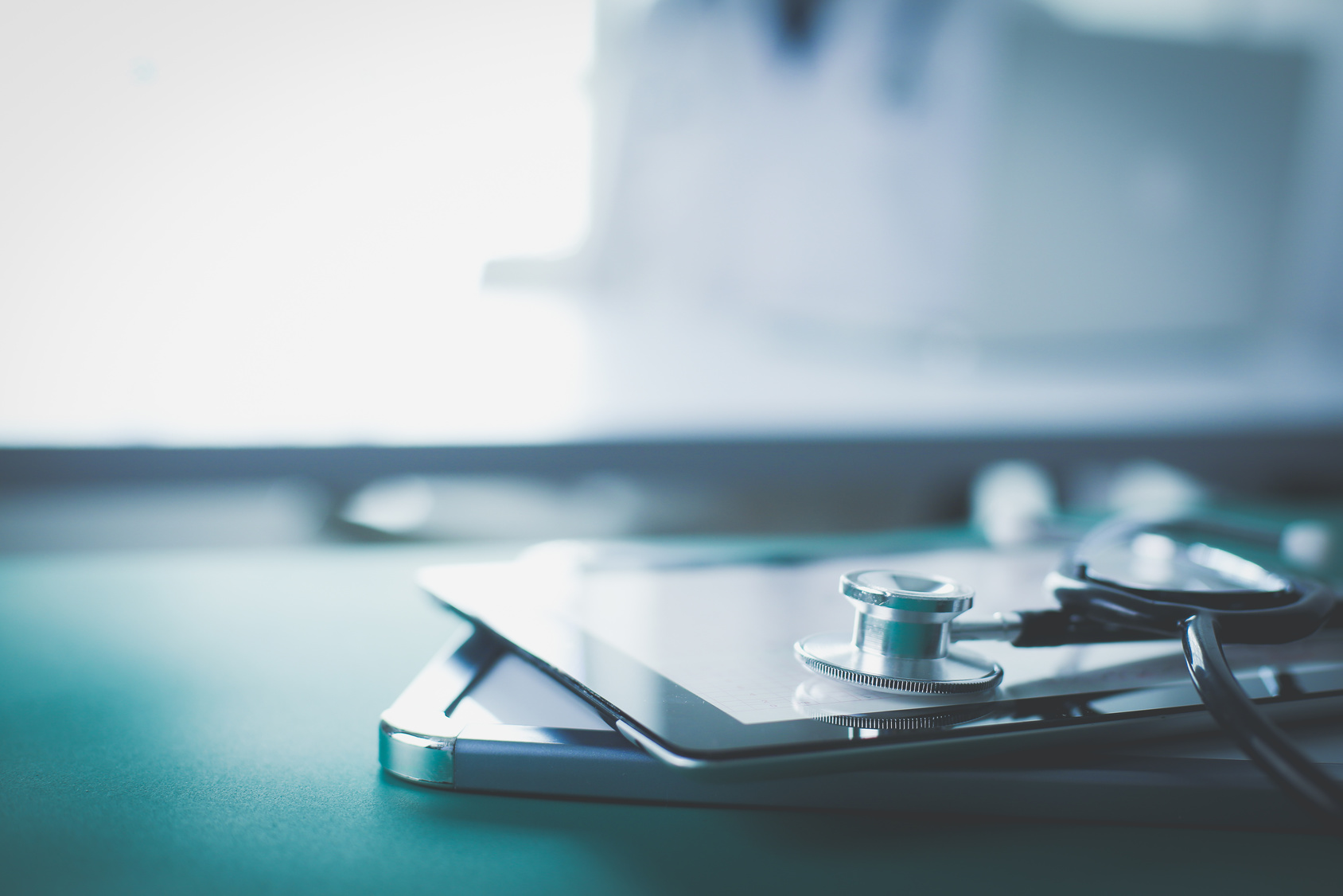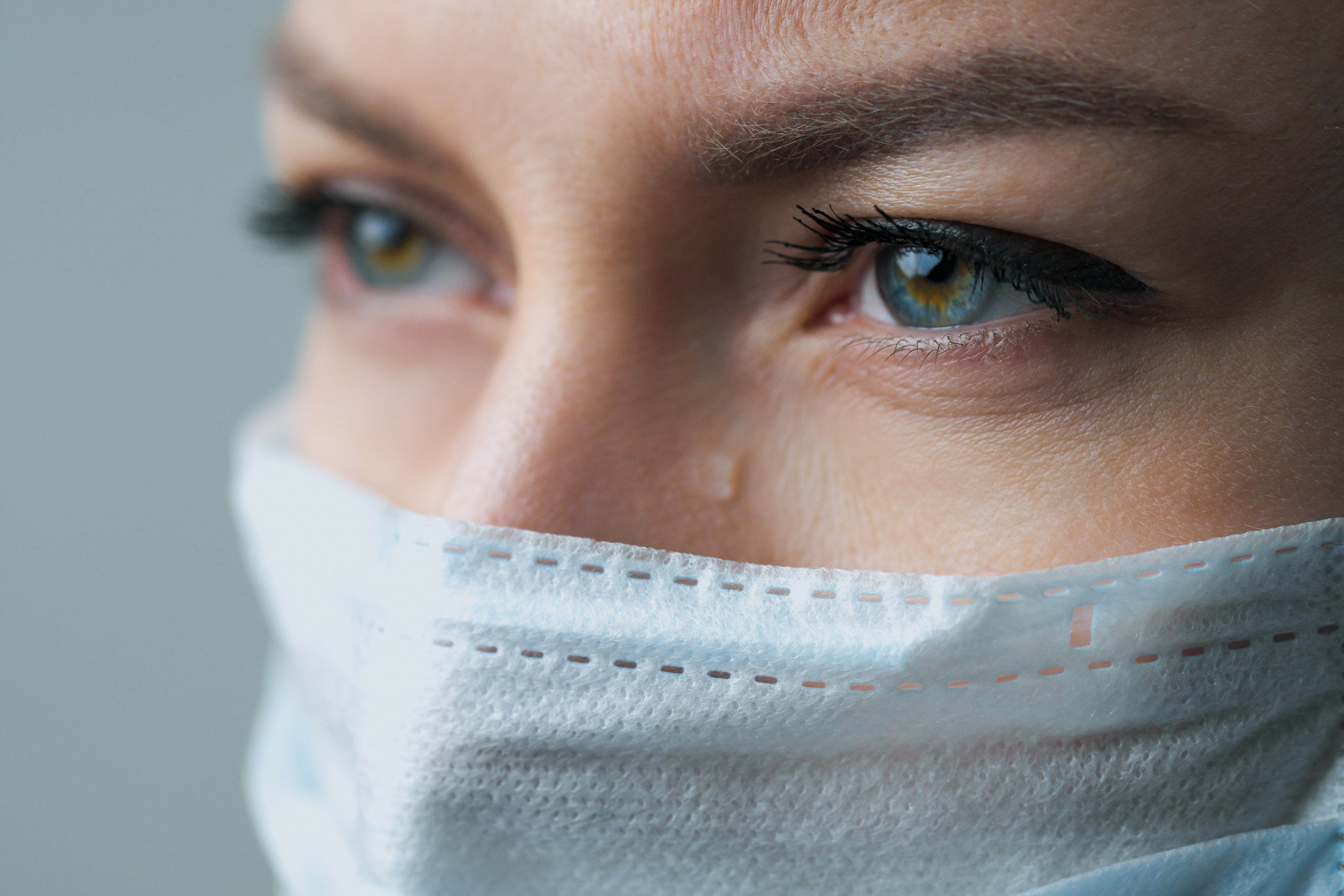by Deborah Swanson
The coronavirus pandemic has upended the world, and it’s affected the healthcare system in a big way. At this point, it doesn’t seem like we’ll ever go back to the way things were before the pandemic, and both individuals and agencies are already planning for the new future. The coronavirus exposed tons of weaknesses in the healthcare system. As a result, many healthcare organizations are thinking hard about how they can better prepare for the next crisis.
Here are six strategies that the healthcare industry might implement, from relying more heavily on regional (vs. federal) leadership to making government funding more flexible. Discover what the healthcare world might look like post-coronavirus:
Leadership Will Emerge on a Regional Level
This trend has already shown itself just in the past few months. Given the conflicting messages from federal leaders and the high variability of the virus across different geographic areas, leadership has emerged on a state and even county level. Governors have worked together across state lines, while mayors have directed their cities’ reopening plans independent of other officials. While this patchwork of leadership can be hard to follow, it does allow for a more tailored approach. This regional-specific approach is necessary because the virus has hit some places harder than others. Expect to see regional and local leaders continue to take charge.
New Types of Care Centers Might Emerge
The pandemic has highlighted hospitals’ vulnerabilities and how both patients and healthcare workers might benefit from alternative care delivery centers. Unless coronavirus patients cannot breathe on their own, they’ve been told to stay away from hospitals and clinics, leaving many very sick people laid up at home. There’s simply nowhere else for sick people to go, and many hospitals are full. Skilled nursing facilities dedicated to coronavirus patients who don’t need the ICU (but would benefit from experts in stretch scrubs) could cut down on infectious transmissions and speed recoveries for moderately acute patients.
Telehealth Is Here to Stay
While some healthcare systems have been quietly implementing telehealth for years, it wasn’t the norm everywhere, and insurance didn’t always cover it. But coronavirus changed everything when care systems across the world eliminated all but the most essential in-person visits. While some of these measures (and the accompanying insurance coverage) were only temporary fixes, the coronavirus will likely turn telehealth services into a fixture of the healthcare landscape. Whether it’s an infectious disease or a natural disaster that causes people to relocate, telehealth connects patients to their providers from a safe distance. Expect telehealth to become more sophisticated as healthcare systems build on their last-minute coronavirus fixes.
Some Workers Might Stay Remote
Some healthcare interactions, like surgeries, simply have to take place in person. But you might see more and more healthcare employees working remotely if they don’t have to be in the clinic physically. This shift is especially true for administrative roles. Even providers might shift more of their patient load to telehealth appointments and only don their cotton scrubs or nursing shoes in-person a few days per week. While the world is changing daily, it’s safe to say that this trend isn’t going anywhere for the time being.
Information Sharing Will Be Widespread
Healthcare is traditionally a slow-moving, siloed industry. Not all that long ago, records were kept on physical papers that had to be faxed back and forth between offices. While hospitals were slowly getting on the digital bandwagon, the coronavirus has kicked these changes into overdrive. Healthcare teams are collaborating across state lines and even national borders to find a vaccine for COVID-19. Meanwhile, digital records are becoming the norm, allowing patients and providers to access them from different locations. And once a vaccine becomes available, this information sharing will need to increase, so offices across state lines can confirm that their patients have indeed received the shots.
Government Funding Might Become More Flexible
Speaking of siloes, it’s hard to find an area in healthcare that’s more separated and confusing than government funding. Right now, every program and department have their own financial regulatory rules. As a result, some states and grant recipients must puzzle their way through a labyrinth of regulations. However, the coronavirus pandemic is slowly but surely forcing agencies to develop ways to work together and streamline their processes. In fact, the federal government has already created a disaster response toolkit that advises states on managing Medicaid and other services during crises like pandemics and natural disasters. While this change will be slow-moving, we will likely see more cohesion as everyone tries to navigate the post-pandemic environment.
The healthcare industry is already feeling the pandemic’s effects, and changes will continue to come as healthcare evolves. Look out for these six changes as the healthcare industry tries to navigate the new normal.
Deborah Swanson is a Coordinator for the Real Caregivers Program at allheart.com, a site dedicated to celebrating medical professionals and their journeys. When she isn’t interviewing caregivers and writing about them, she’s gardening.
Disclaimer: The viewpoint expressed in this article is the opinion of the author and is not necessarily the viewpoint of the owners or employees at Healthcare Staffing Innovations, LLC.









